Loctite glue dispensers are essential tools for achieving precision and efficiency in adhesive applications across various industries, from automotive to electronics manufacturing. However, like any equipment, regular maintenance is crucial to ensure optimal performance and longevity. Poor maintenance can lead to clogging, inconsistent flow, and adhesive wastage, ultimately affecting productivity. In this guide, we’ll explore the best practices for maintaining your Loctite glue dispenser, helping you get the most out of your investment.
1. Understanding Your Loctite Glue Dispenser
Before diving into maintenance tips, it’s important to understand the key components of a Loctite glue dispenser:
- Reservoir/Tank: Holds the adhesive before dispensing.
- Dispensing Valve: Controls the flow of the glue.
- Nozzle/Tips: Determines the accuracy and consistency of the adhesive application.
- Control System: Regulates pressure, speed, and timing of the dispense.
Each component plays a critical role, and proper upkeep ensures smooth operation and consistent adhesive application.
2. Regular Cleaning and Inspection
One of the most common problems with glue dispensers is clogging, which can lead to erratic flow and poor bonding performance. Follow these cleaning practices:
- Daily Cleaning: At the end of each workday, clean the nozzle and dispensing valve with a recommended solvent to prevent residue buildup.
- Periodic Deep Cleaning: Disassemble key parts (following manufacturer guidelines) and soak them in an appropriate cleaning solution. Use soft brushes or compressed air to remove any remaining adhesive.
- Inspect for Wear and Tear: Regularly check for damaged seals, worn-out nozzles, or cracks in the reservoir, replacing components as needed.
3. Proper Storage Techniques
Proper storage is crucial for maintaining both the dispenser and the adhesive itself. Follow these guidelines:
- Seal the System Properly: Ensure the adhesive container is tightly sealed when not in use to prevent contamination and drying.
- Store in a Controlled Environment: Follow manufacturer guidelines and keep the dispenser and adhesive in a temperature-controlled environment to prevent viscosity changes.
- Avoid Moisture Exposure: Many Loctite adhesives are sensitive to humidity. Store them in a dry environment and use silica gel packs if necessary.
4. Preventive Maintenance Schedule
Setting up a regular maintenance schedule can prevent downtime and extend the life of your dispensing system. Here’s a suggested timeline:
- Daily: Wipe down external surfaces, clean nozzles, and check for any adhesive leaks.
- Weekly: Perform a more thorough cleaning of internal components and check for minor clogs.
- Monthly: Inspect and replace worn-out seals, hoses, or nozzles.
- Quarterly: Conduct a complete system check, recalibrating settings if needed and ensuring proper alignment of dispensing valves.
5. Troubleshooting Common Issues
Even with proper maintenance, occasional issues may arise. Here are some common problems and their solutions:
- Clogged Nozzle: Soak in an appropriate solvent and clear out any hardened adhesive with a fine wire or brush.
- Inconsistent Flow Rate: Check for air bubbles in the adhesive, adjust pressure settings, or clean the dispensing valve.
- Leaks or Dripping: Inspect seals and O-rings for damage and replace them if necessary.
- Adhesive Curing in the Dispenser: Ensure you are using the correct material for your dispensing system and not leaving adhesive in the dispenser for prolonged periods.
6. Training and Best Practices for Operators
Ensuring that personnel using the dispenser are well-trained is another key factor in maintaining equipment efficiency. Operators should:
- Be familiar with the correct dispensing techniques and settings for their specific applications.
- Follow the recommended cleaning and maintenance procedures.
- Report any irregularities or performance issues immediately to prevent further damage.
7. Using the Right Accessories and Consumables
Using high-quality, manufacturer-approved accessories can enhance dispenser performance and lifespan. Avoid third-party nozzles or components that may not be compatible, leading to inconsistent results or increased wear and tear.
Conclusion
Proper maintenance of your Loctite glue dispenser is essential for ensuring consistent performance, minimizing downtime, and extending the life of your equipment. By implementing regular cleaning routines, following preventive maintenance schedules, and training personnel on best practices, you can optimize adhesive application and improve overall efficiency. Investing time in maintenance today will save costs and improve productivity in the long run.

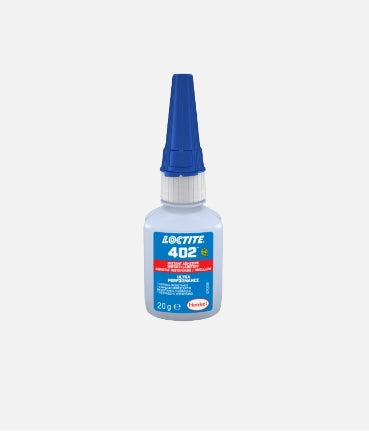
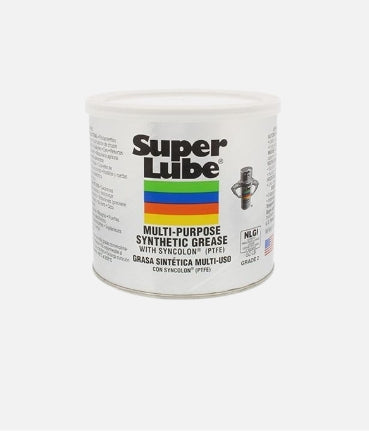
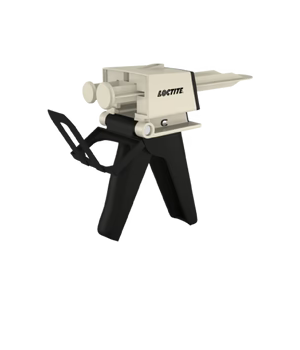
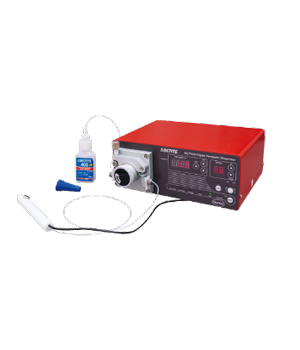


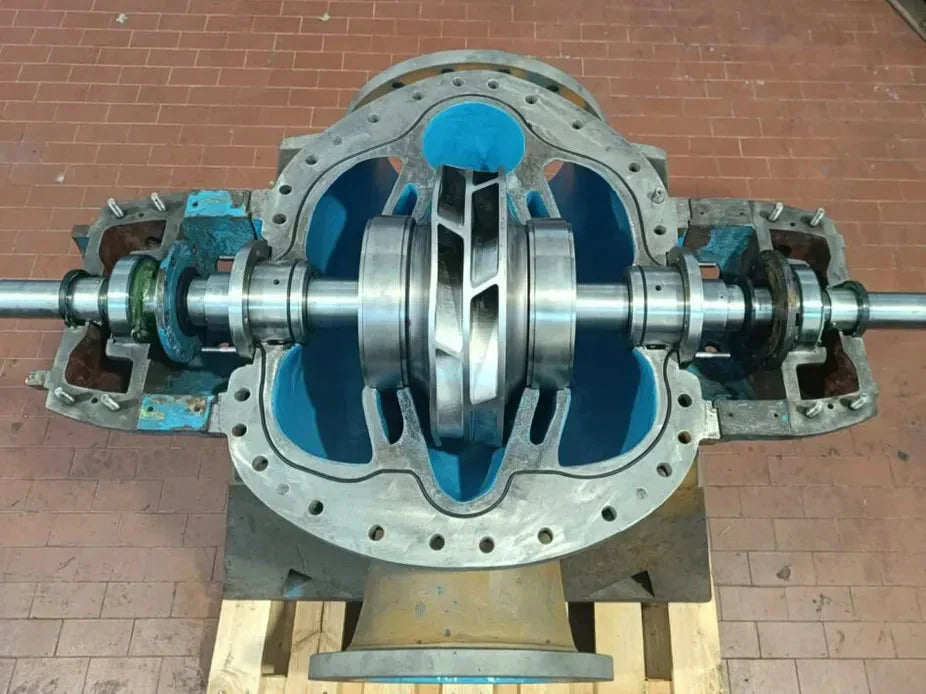
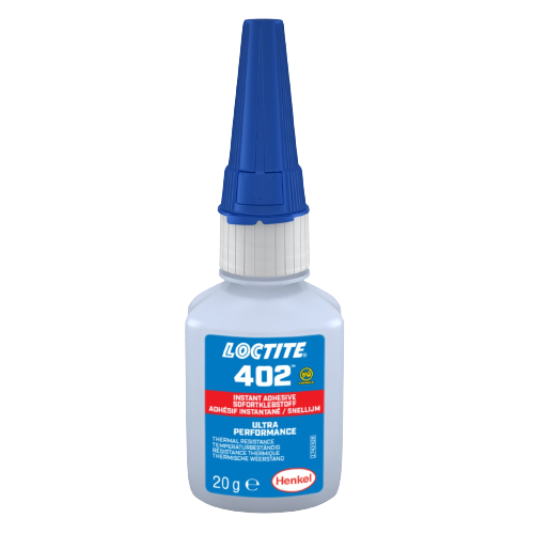
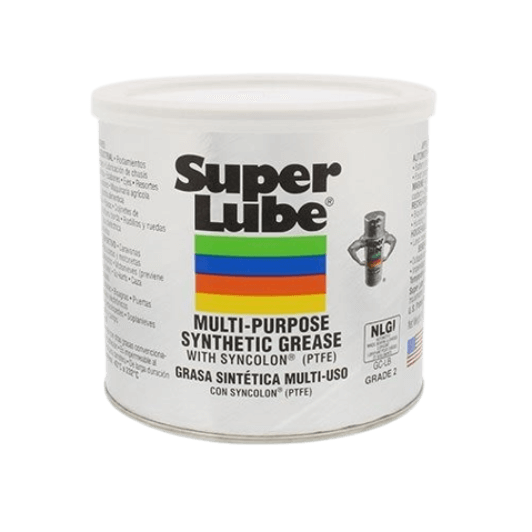
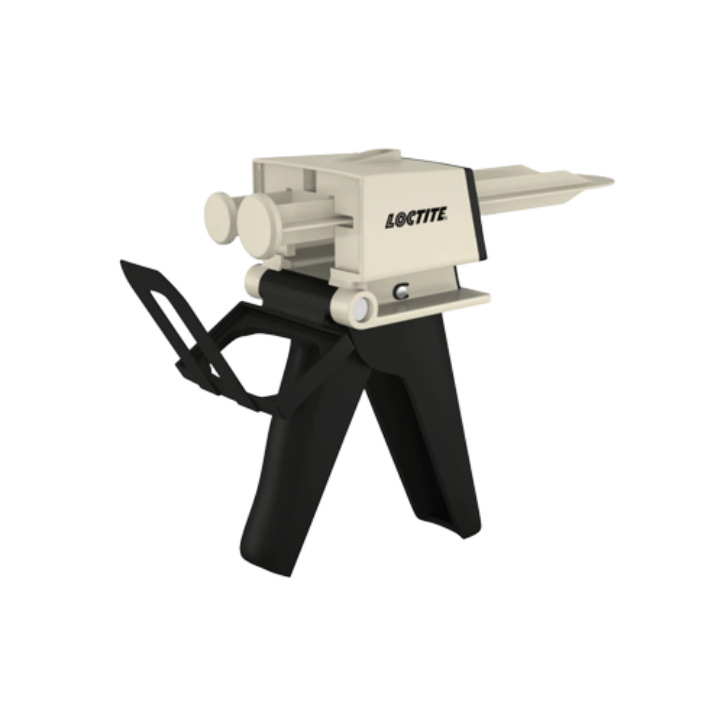
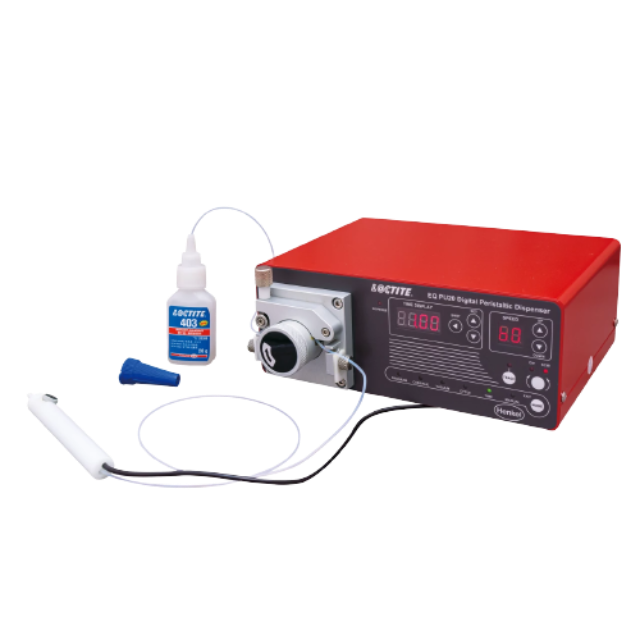
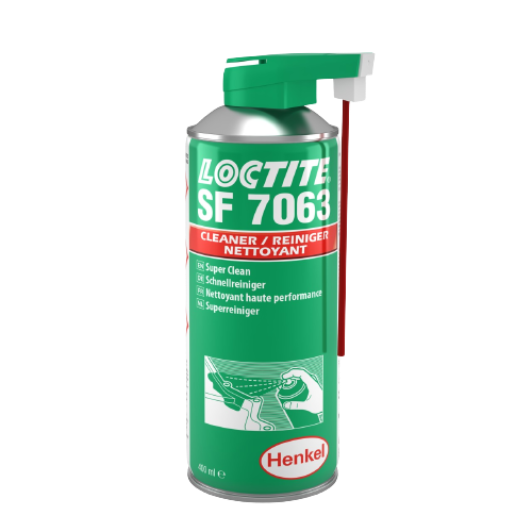
Leave a comment
All comments are moderated before being published.
This site is protected by reCAPTCHA and the Google Privacy Policy and Terms of Service apply.